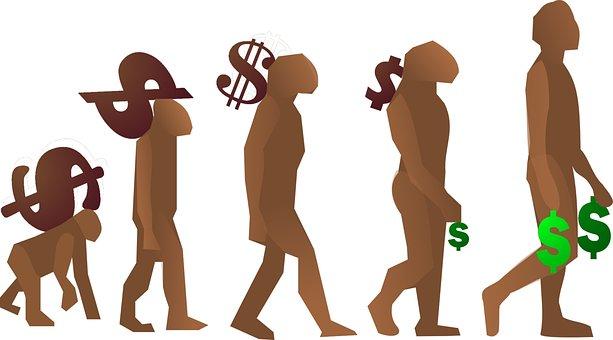Why consider a new framework for frugal living in the 21st Century? To paraphrase The Atlantic, “Frugality ain’t what it used to be!”
Most of us approach shopping for almost anything with an angel on one shoulder and a devil on the other. The angel urges us to pursue a minimalist lifestyle to simplify our lives, conserve resources, and build security and self-reliance. The devil appears in every advertisement for cuter clothes, sleeker cars, and more elegant food.
This dilemma of saving vs. splurging catches almost everybody at some point. Who doesn’t experience social pressure to keep up with our coworkers, neighbors, and family members? At the same time, we know those other people don’t pay our bills! The best way to balance reasonable frugality with comfort and enjoyment involves maintaining standards and guidelines.
What is 21st Century Frugality?
Memories and lessons of the Great Depression generated many frugal habits in previous generations. Your grandparents may have a hard time discarding things because they may find a use for them one day. They grew frugal out of need and habit. And even grandparents too young to remember hard times still grew up with the mentality instilled by their own parents. In other words, frugality used to stem from fear of an uncertain future.
The Joyful Frugality Report recently surveyed 13,000 global consumers for their ideas about frugality. Today’s consumers reported that their own frugality habits stemmed not from fear but from the ease and joy they experienced with a simpler and more minimalist lifestyle. In addition, the respondents didn’t mind sacrificing for the common good, if that included their own families, their communities, or even the entire world. In other words, frugality has morphed into the new cool!
A 21st Century Frugal Living Framework
Naturally, you need to decide what frugality means to you? Do you prioritize savings to protect against financial disruptions, planning for a comfortable retirement, or conserving resources to help save the planet? You can have some or all of these goals in mind as you consider your consumerism in light of the frugal measures that work today.
Tested steps for modern frugal living in the 21st Century:
- Track spending: People can seldom change what they don’t understand. Look at bank and credit card statements to understand how you’re currently using your money. Very often, this process can help you find waste and opportunities.
- Create a budget: Use a budgeting worksheet and the information gathered from your review of current spending to develop a new budget. Include other family members in the process to ensure everybody’s working for the same goals.
- Develop smarter shopping habits: Compare prices, make shopping lists, look for coupons and discounts, and take the time to ensure your purchases conform to your frugal lifestyle and overall goals.
- Generate alternative income sources: Save and invest to gain dividends and interest, sell extra stuff you don’t need, and if possible, turn a hobby into extra income.
Modern frugality should not mean deprivation or hardship. It should offer you more peace because you will know you’re doing your part to help yourself, your family, and even the entire planet. If you do encounter financial struggles, your frugal habits will help you survive and thrive. That’s the framework for frugal living in this day and age. Sure, new designer boots or a flashy car might make you sort of cool, but they won’t compare to the true cool of modern frugality.

